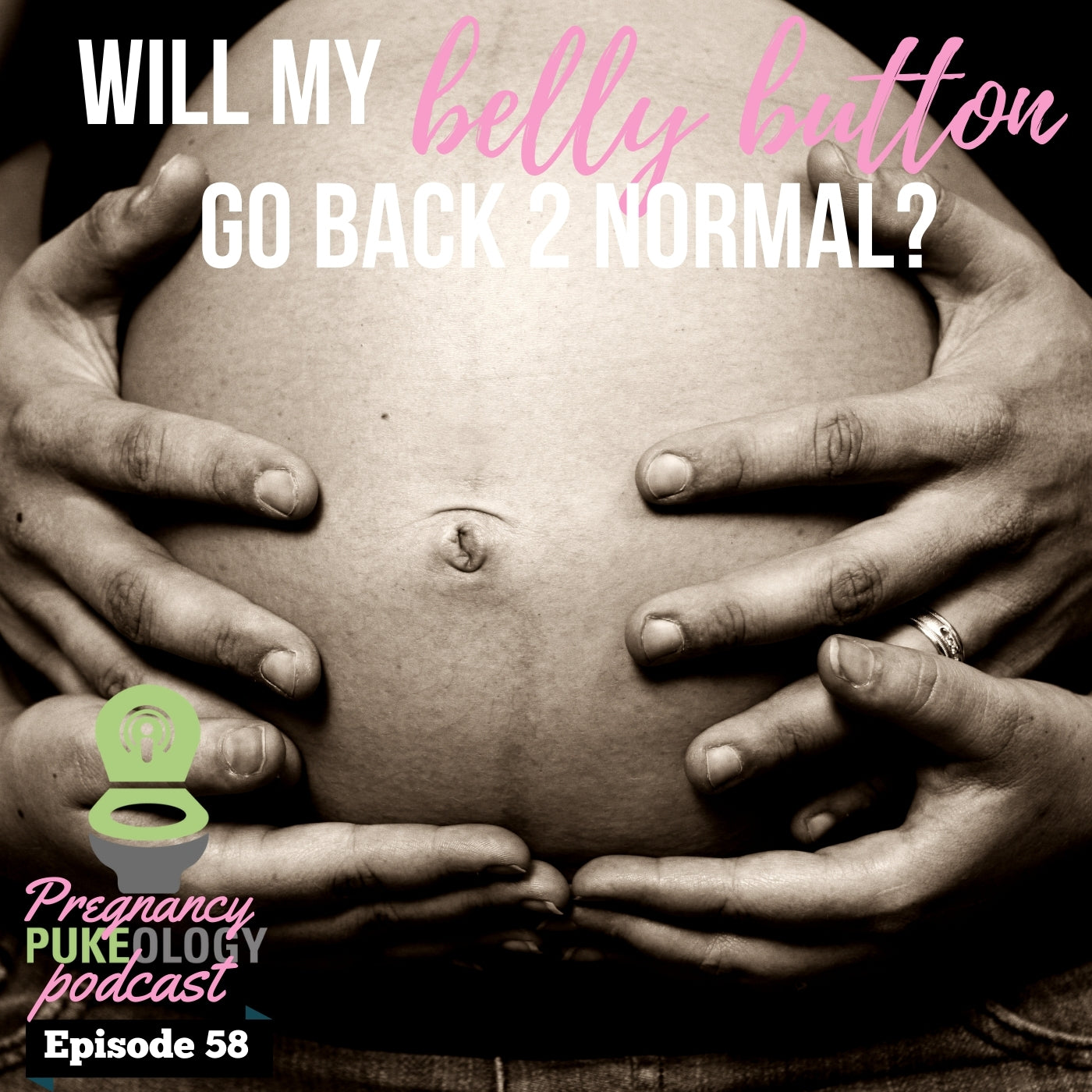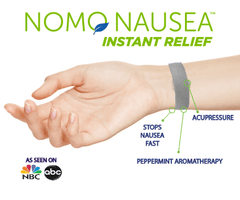
When does the belly button pop out during pregnancy?
Is your belly button connected to something in your abdomen? If you thought your belly button is connected to your uterus, placenta, or your baby’s belly button, you are wrong. Fun fact! After your baby is born your belly button is just piled up the skin.
What is the Navel?
The navel is not connected to anything once you become an adult. Now that you are aware that your navel is part of the abdominal skin, it is time to learn more about the belly buttons.
What is The Belly Button For?
Inside the womb, the umbilical cord connects the baby to the nutrient giving placenta. The umbilical cord contains blood vessels that deliver nutrients from the moms food and oxygen to the baby and carries waste away from your baby in the womb. Mom is just a recycling center to get rid of that beautiful babies internal garbage.
The umbilical cord no longer has function after the baby is born. It is cut at birth leaving an umbilical stump. This stump falls off a few weeks after birth leaving what we now call the belly button or navel.
While you may not be concerned about your belly button when not pregnant, you might find yourself thinking about your belly button when pregnant. It is one of the body parts that changes alot during pregnancy. Some women experience itching, stretching, and even looks like it will pop out the other way when your 9 months pregnant. My husband use to say that's when he could tell the baby was "fully cooked" by the belly button popping out like a stuffed turkey once baked appropriately. I know you're probably worried if it will go back to its regular form, and it will.
Types of Belly Buttons
The "innie belly button" and "outie belly button" are the most popular types of belly buttons but they can be a combination of both or look totally different.
Outie Belly Button
‘Outie.’ It is also called the protruding belly button. About 1 in 10 people have a protruding belly button. In those with ‘outie’ type some part of the umbilical stump outside rather than inside.
Innie Belly Buttons
On the other hand, 9 in 10 people have the ‘innie’ type.
Other Types of Belly Buttons
- Deep hollow which resembles a slightly open mouth.
- It is typically narrow and sometimes called a “split” belly button.
- Also called T – type belly button.
- Concave and protruding inside. Appears symmetrically rounded.
- Light bulb. Appear like an upside-down beer or wine bottle.
Belly Button Changes During Pregnancy
Early in your pregnancy, not many changes occur to your belly button. But you will notice changes late in your second trimester.
When Does the Belly Button Pop Out During Pregnancy?
The belly button pops all the way out in the late third trimester. As pregnancy progresses, the uterus increase in size pushing your abdomen forward. The growing abdomen makes your belly button pop out.
It is perfectly normal when your belly button pops out during pregnancy. Worry not! A popping out belly button during pregnancy is harmless. Especially if you're used to seeing an innie, you'll look like a basted turkey where the button pops out to indicate you fully cooked.
Once that happens you know delivery is right around the corner. Make sure you're fully prepared with a NoMo Nausea Band to help stop delivery nausea and vomiting. Did you know 80% of women have nausea or vomiting during a vaginal delivery and even higher chance with a c-section? That is the #1 side effect of delivering your beautiful baby regardless if you have an epidural or not. It's your bodies defense system called a vaso-vagal response. When you grunt, trying to push a watermelon sized baby out of a donut, your heart rate will decrease and you can get nauseous or potentially throw up. Don't let that happen and ruin your beautiful delivery! Try essential oil infused acupressure found in this hospital used 3:1 band called NoMo Nausea.


What Does It Mean When Your Belly Button Hurts While Pregnant?
You may also feel pain around your belly button. While there is no clear medical reason why you may experience navel pain, it is believed to occur because it is found in the thinnest area of your belly.

Will the Belly Button Stay or Will It Go Back to Normal After Birth?
Can your belly button really pop out? It's rare but yes. A popping out navel can be a sign of a medical condition called an umbilical hernia. An umbilical hernia is when the abdominal contents such as the intestines protrude through a small hole in the abdominal wall in the umbilical area. You will see a bump or bubble in your umbilicus every time you lift something heavy or grunt to take a poop.
Most umbilical hernias are congenital appearing as early as at birth. Some umbilicus might be small enough not to be noticed when a woman is not pregnant. But they become noticed during pregnancy because of the pressure exerted on the abdominal wall by the products of conception. Consider visiting your health care provider if your suspect to have an umbilical hernia.
Newborn Belly Button Stump
Think of your babies umbilical cord stump the last souvenir of your baby's uterine stay.
Some people claim that they are able to turn their babies' belly buttons into an innie by taping a quarter to it, but it’s not true.
The shape your belly button takes mostly random, as the umbilical cord is always clamped well away from the navel and doesn't usually affect innie or outie status. The shape of the belly button a person ends up with, however, is determined by how the umbilical cord was attached, not where it was cut.
What is the Newborns Stump?
The doctor cuts the cord an inch or two from your body in order to give your body time to heal and close the point where the cord joined your body. This piece of the cord left on your tummy is called a stump. Over the next few days, your body will heal your abdomen by forming scar tissue to make your belly button. The stump eventually dries and falls off like a scab falling off a healed wound.
After your baby is born and his umbilical cord is cut, a bit of it remains attached to his navel. The color of the stump changes from a yellowish-green at birth to black as it dries up and then falls off, typically one to four weeks later. It looks weird, but don't be intimidated. Tending to the umbilical stump is actually a simple matter of keeping the scab clean and dry to help speed healing — and otherwise leaving it alone.
What to Do When the Umbilical Cord Falls Off?

How to Clean Newborn Belly Button?
Umbilical Cord Care Tips:
- Keep it clean. If the stump looks dirty, dab it gently with a wet washcloth. No soap or alcohol is necessary because it might irritate the babies tender skin and it isn't necessary for healing. Pat it dry with a dry cloth.
- Keep the stump dry. Help the base dry out by regularly exposing it to air.
- Stick to sponge baths. Don't dunk the navel underwater. Once the stump falls off, feel free to bathe your baby in their little tub.
- Don't cover with a diaper. Avoid covering the stump with the top of his diaper. Some newborn-size disposables feature a little notch at the waistband, or you can simply fold down the front of the diaper to keep it away from the belly button. Change wet and dirty diapers promptly so they don't leak upward toward the navel. You don't want to get any excess moisture in there.
- Dress with belly comfort. Choose loose-fitting clothing that doesn't press against the stump or onesies with a special cutout for the stump. Instead of snap-crotch undershirts, try the kimono style, which allows more air circulation and less rubbing.
- Resist removing. Let the scab fall off on its own. Never pull it, even if it seems to be connected by only a little thread. If it gets pulled off too soon, it could start bleeding. Remember it's a scab and you know what your mother told you "don't pick your scab or else it will start bleeding and get infected." (If this happens, call your baby's pediatrician immediately.)

